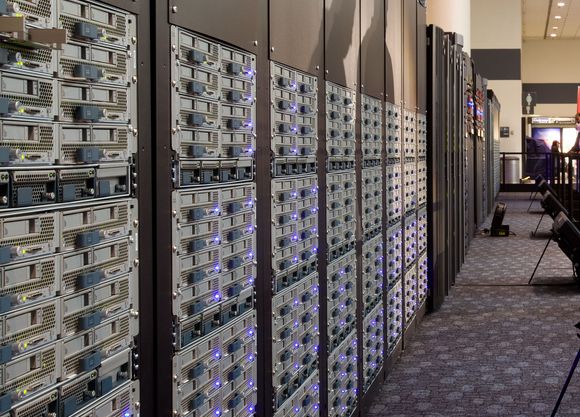Today Cisco and VMware announced they plan to expand their strategic partnership to include integrated products and solutions aimed at delivering the software defined datacenter. This partnership expansion will be highlighted by an investment in dedicated engineering teams collaborating on deeper integrations across the VMware cloud infrastructure and management stacks and Cisco’s Data Center Networking and Fabric Computing platforms. The companies’ investment in joint dedicated engineering teams will represent a new level of collaboration which will enable the software defined datacenter through unprecedented coupling of virtual and physical infrastructure.
Partnership Highlights:
- Cisco and VMware will make significant joint engineering investments to develop technology integration initiatives, which will launch a new set of solutions designed to provide customers unprecedented levels of agile compute and network services, workload and workspace mobility, end-to-end visibility, and ease of troubleshooting across their physical and virtual infrastructures.
- To support customer demand and choice, VMware will integrate the Cisco Nexus 1000V SeriesSwitches with the new VMware vCloud® Suite 5.1, also announced today, and other VMware products.
- Cisco and VMware will develop Cisco Unified Computing System(UCS)-based cloud solutions, which will bundle Cisco virtual networking, virtual services and management such as the Nexus 1000V virtual switch, CSR
1000V cloud router, ASA 1000V cloud firewall, virtual WAAS for WAN optimization, and Intelligent Automation for Cloud with VMware vSphere® 5.1, VMware vCloud Suite 5.1 and complementary management offerings.
Furthering the commitment to mutual customers, Cisco will resell VMware vCloud Suite 5.1, which will feature enhanced interoperability with Cisco Nexus 1000V. - As part of the companies’ joint vision for the transformation of the workspace in the post-PC era, VMware and Cisco are expanding their joint solutions with Cisco VXI and VMware View to introduce new integrated solutions for SMB and ROBO customers featuring Cisco e-Series UCS servers and VMware View®.
- Cisco and VMware will also provide Cisco Validated Designs and reference architectures to simplify and accelerate customer implementation of these joint solutions.
- Cisco and VMware joint solutions will be made available for VCE, as well as ecosystem partners, to help drive customer adoption of its industry-leading converged infrastructure platforms. Cisco and VMware remain strongly committed, along with EMC, to the VCE partnership.
This expanded partnership will leverage Cisco’s history of innovative leadership in networking and systems with VMware’s industry leadership in software-based virtualization and cloud infrastructure. To date, the partnership has delivered groundbreaking products and solutions including:
- Nexus 1000V – In 2009, VMware and Cisco delivered a distributed virtual switch from Cisco enabling network administrators to simplify network management between their physical and virtual environments. Since its inception, more than 6,000 customers have licensed this joint solution.
- Cisco UCS – In 2009, Cisco introduced the Unified Computing System (UCS), a new x86 platform that radically simplified the management of compute, storage access, networking and virtualization and is tightly integrated with the VMware vSphere platform, enabling customers to reduce their CAPEX and OPEX as they expand their virtual and cloud infrastructures.
- Converged Infrastructure – Cisco and EMC, together with VMware and with investments from Intel, established the VCE coalition in 2009, spearheading the movement toward converged infrastructure. Customers globally have recognized the value of Vblock™ Infrastructure Platforms in accelerating the migration of enterprise workloads to private and public clouds.
- Cisco VXI and VMware View – In 2012, Cisco and VMware cooperated to deliver a unified collaboration solution leveraging VMware cloud infrastructure, VMware View and Cisco UCS, Cisco Wide Area Application Services and Unified Communications platforms to enable customers to migrate to a more open, mobile and immersive workspace environment in the post-PC era.
